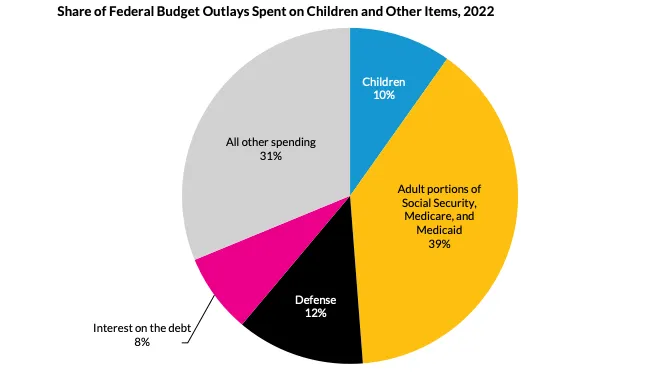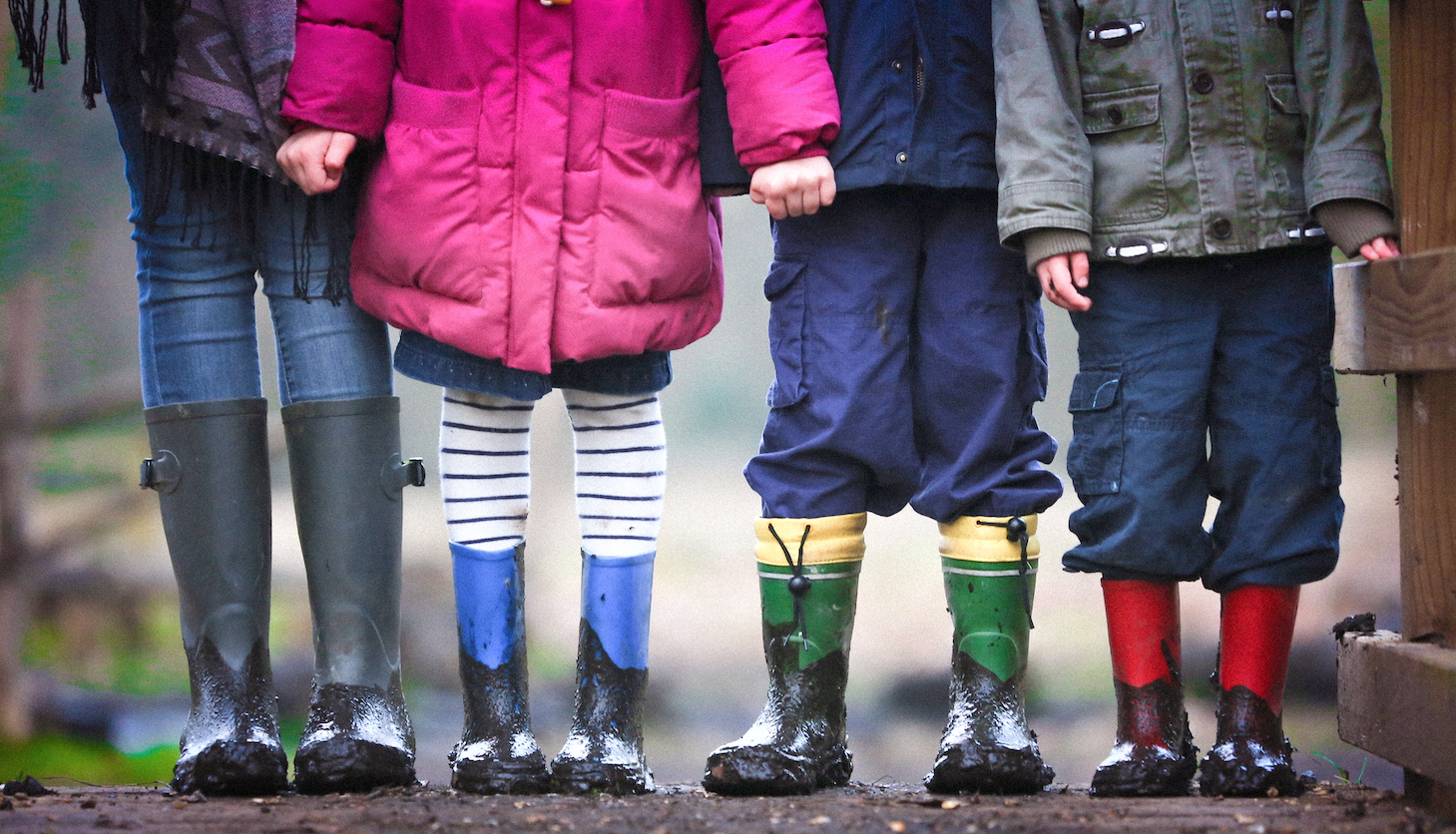Written by: Eugene Steuerle

Source: Kids Share 2023
For over a decade I have worked with other Urban Institute scholars to produce estimates of how kids fare in the federal and, to some extent, state budgets. My motivation derives largely from concern with the limited extent to which our government has made opportunity and upward mobility a national priority. The data in the report allow you to come to your own conclusions. To whet your appetite, here are some of the highlights taken directly from our recently updated report:
-
Federal expenditures per child were about $9,910 per child in 2022, down from the pandemic-related high reached in 2021. (Note that the report defines “expenditures” to include both direct outlays and tax subsidies.)
-
COVID-19 relief bills expanded assistance to children through dozens of programs but were largely temporary.
-
Tax provisions such as the child credit and earned income tax credit were the largest category of federal support for children in 2022, accounting for more than one-third of all federal expenditures on children. Health, nutrition, education, and income security were the next largest categories of federal expenditures on children.
-
As a share of federal outlays (excluding tax subsidies), the $609 billion invested in children in 2022 was 10 percent of all federal outlays. Under laws in place as of March 30, 2023, the children’s share of federal outlays is projected to decline to 6.2 percent over the next decade as budgetary pressure from growing entitlement spending on adults, higher interest costs, and shortfalls in revenues relative to outlays threaten to crowd out other priorities.
-
While federal outlays for children grew during the pandemic, other budget priorities grew even more. Total federal outlays during the pandemic grew from about 20 percent of gross domestic product (GDP) to a post–World War II high of more than 30 percent of GDP, before falling to 25 percent of GDP in 2022. Outlays on children grew from around 2 percent of GDP pre-pandemic to 2.8 percent in 2021 and declined to 2.4 percent in 2022
-
As a share of GDP, almost all categories of expenditures on children are expected to decline or remain flat compared with pre-pandemic levels
Note: although I originated this series, its improvement over the years rests with my colleagues. Authors this year were Cary Lou, Heather Hahn, Elaine Maag, Hannah Daly, Michelle Casas, and myself. See also Cary Lou’s and Hannah Daly’s blog on the projected decline under current law in federal investment in children.
Related: Is It Time To Run to Municipals and Not Away From Them?



